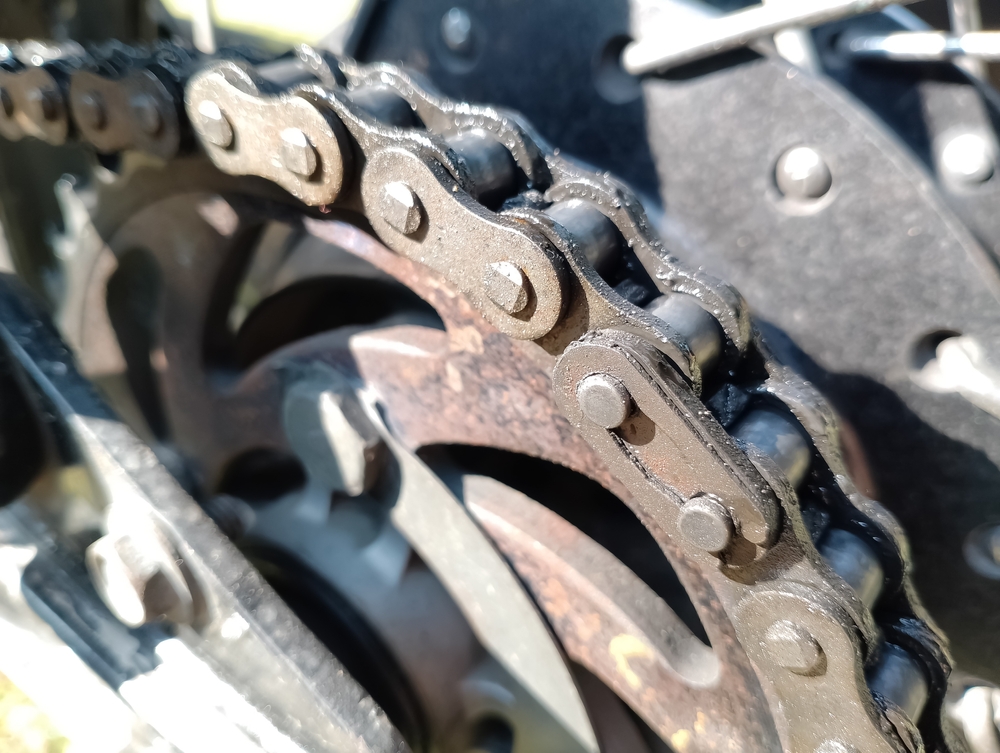In industries ranging from mining and manufacturing to transport and defence, metal components and equipment are vital to daily operations. But in a country like Australia, with its diverse climates and often harsh environmental conditions, storing metal items without proper protection can lead to corrosion, equipment degradation, and costly downtime. Vapour Corrosion Inhibitor (VCI) technology offers an advanced and efficient solution for preventing rust and corrosion during storage. This month, we take a look at the best practices for storing metal parts and equipment using corrosion inhibitors like VCI protection.
Understanding the Risk of Corrosion in Australia
Australia’s geographical and climatic diversity presents unique challenges when it comes to corrosion prevention. Key environmental factors that increase the risk of corrosion include:
Humidity: Northern regions such as Queensland and the Top End experience high humidity year-round, accelerating the oxidation of exposed metal.
Coastal Exposure: Cities like Sydney, Perth, and Melbourne face salt-laden air, which is highly corrosive to untreated metals.
Arid and Dusty Environments: The outback and interior regions like Kalgoorlie and Alice Springs have less moisture but pose risks from temperature fluctuations and airborne contaminants.
Understanding these risks is the first step in implementing effective VCI-based storage practices for your equipment and metal parts.
What is VCI Protection?
Vapour Corrosion Inhibitors (VCIs) are chemical compounds that release corrosion-inhibiting molecules into an enclosed environment. These molecules form an invisible, molecular-level barrier on the surface of metal objects, preventing interaction with moisture, oxygen, and other corrosive agents.
VCI products come in many forms, including:
-
- VCI paper and wrap
-
- VCI plastic films and bags
-
- VCI emitters and diffusers
-
- VCI liquids and oils
Each of these can be used as part of a comprehensive storage solution tailored to specific use cases.
Best Practices for VCI-Protected Storage
1. Start with Clean, Dry Surfaces
Corrosion begins with the presence of moisture, salts, or residues. Before applying any VCI protection, ensure that all metal surfaces are clean and completely dry. Remove any dirt, oils, or previous coatings using appropriate solvents or cleaning solutions. This ensures the VCI molecules can adhere effectively and provide uniform coverage.
2. Choose the Right VCI Product
Selection depends on several factors, including: the duration of storage, location and potential for exposure, the size and type of material, and any packaging and transport needs.
For example:
-
- VCI paper or film is ideal for wrapping individual parts or tools.
-
- VCI plastic bags are great for sealed, long-term storage.
-
- VCI oils and coatings are better suited for heavy-duty protection and large equipment.
3. Seal the Packaging Properly
VCI protection works best in a sealed environment. Whether you’re using film or paper wrap, be sure to close the packaging securely. This could include heat-sealing, taping, or using zip-lock enclosures. The goal is to trap the VCI vapour within the space so it can continuously protect the metal surface.
4. Avoid Cross-Contamination
Store only clean, dry parts within VCI packaging. Avoid mixing treated and untreated metals or combining parts that may have been exposed to corrosive agents. Moisture and contaminants can compromise the effectiveness of VCI protection and lead to uneven results.
5. Ensure That You Label and Date Your Packages
Mark each package with contents, date of packaging, and expected storage duration. This helps track inventory and ensures timely rotation or inspection of stored items. It also assists in reapplication schedules if VCI oils or coatings are being used.
6. Monitor Storage Conditions
Although VCIs provide significant protection, external conditions still matter. Store metal parts in dry, shaded, and temperature-stable environments when possible. For outdoor storage, use additional weatherproofing such as tarpaulins, waterproof VCI film, or sealed containers.
7. Inspect Assets Regularly
Even the best systems require oversight. Conduct regular inspections of stored items, particularly in high-risk environments like coastal or tropical regions. Look for signs of condensation, packaging damage, or wear. Ensure that you replace or reinforce VCI protection if necessary.
8. Use VCI-Compatible Accessories
Use VCI-compatible rust prevention products such as rust inhibitors, desiccants, and absorbent materials for added protection. Some VCI films and papers also integrate desiccant technology for enhanced performance.
9. Educate Your Team
Your team is one of your greatest assets in the fight against corrosion, so it is important to ensure that your staff are trained in proper VCI handling and storage procedures. Awareness of correct wrapping techniques, sealing methods, and environmental controls can significantly impact the effectiveness of your corrosion prevention strategy.
What are the Environmental Benefits of Using VCI?
Traditional rust prevention methods often rely on heavy greases or hazardous chemicals that require extensive clean-up and disposal. VCI products offer a safer, cleaner, and often recyclable alternative. Many VCI papers and films are biodegradable or recyclable, reducing environmental impact and aligning with sustainability goals.
Do You Need Corrosion Inhibitor Solutions for Your Assets?
Look no further than Australian Inhibitor for your corrosion inhibitor needs. We are backed by over 65 years of experience and are here to help with corrosion protection for your valuable metal assets. In addition, we are proud to offer all of our customers our signature exceptional customer service.
Contact us by calling 03 9768 2322 or filling in our online contact form and we will get back to you.
